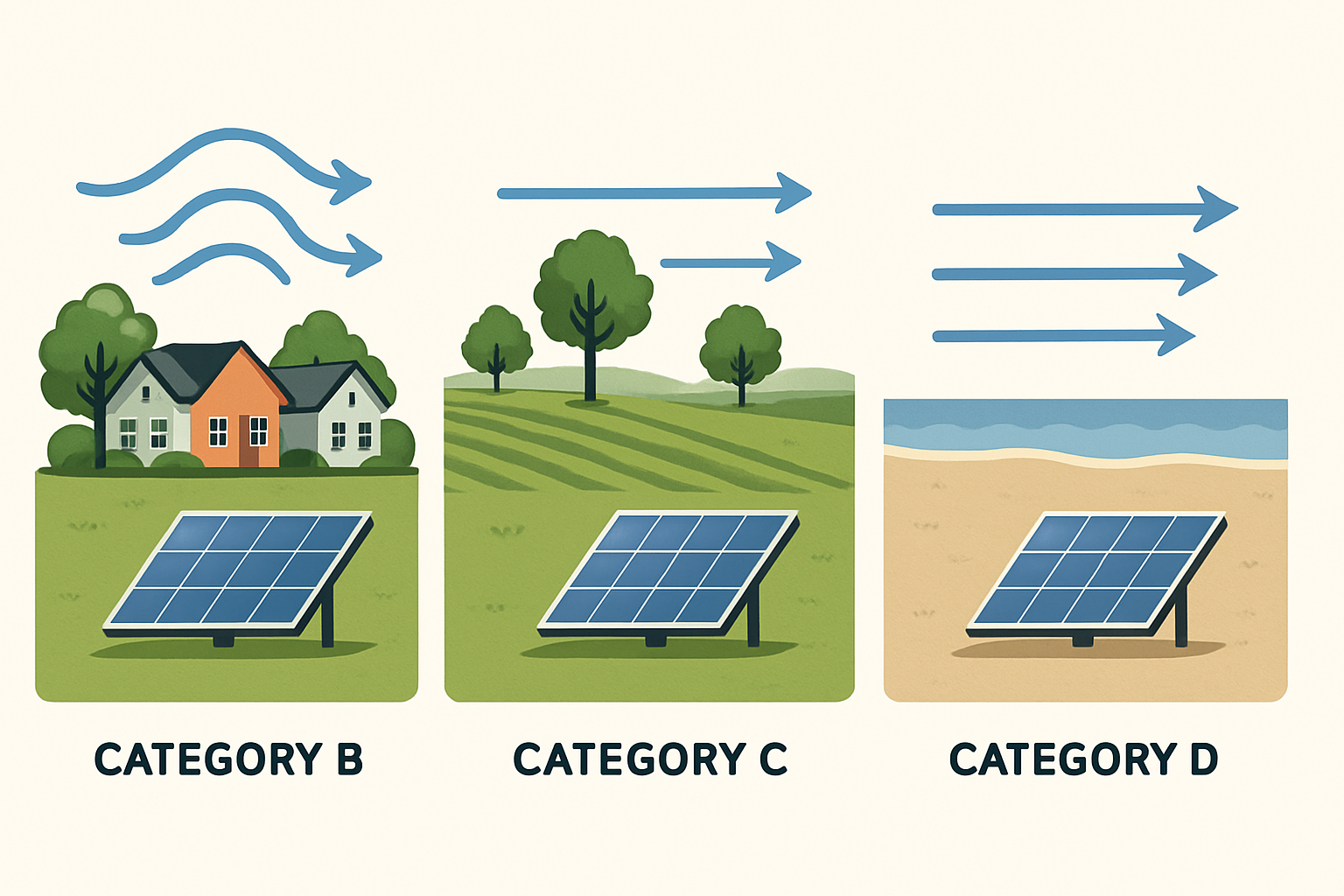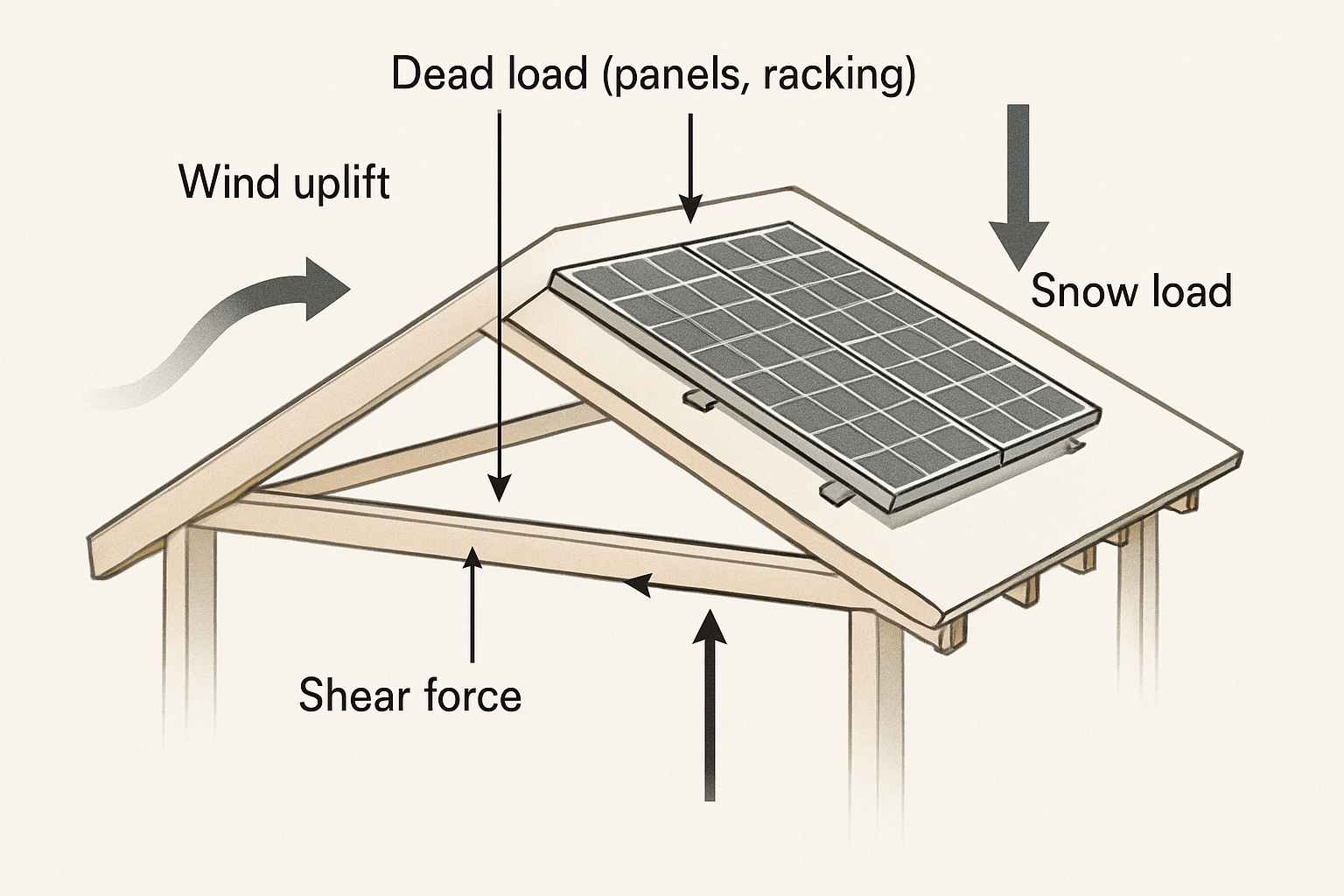Installing a solar array in a region with heavy snowfall presents unique challenges. Beyond simply capturing sunlight, the system must withstand the immense weight of accumulated snow and facilitate its removal to maintain energy production. A thoughtfully engineered PV mounting system is the foundation of a resilient and productive solar installation in cold climates. This is not just about bolting panels to a roof; it's about creating a system that actively works with nature to shed snow and endure harsh winter conditions.
Understanding the Dual Threat: Snow and Wind Loads
In cold weather environments, your PV mounting system faces a constant battle against two powerful forces: the static weight of snow and the dynamic force of wind. Designing for one without considering the other can lead to underperformance or even structural failure.
The Weight of Winter: Quantifying Snow Loads
Snow is deceptively heavy. A cubic foot of light, fluffy snow might weigh a few pounds, but wet, compacted snow can exceed 20 pounds. When this accumulates over an entire solar array, the total load can be substantial. Engineers calculate the design snow load based on local historical weather data, roof pitch, and thermal factors. A system that isn't rated for the region's specific snow load is at risk. According to the Technology Roadmap - Solar Photovoltaic Energy 2010, it is crucial to have confidence in the performance and longevity of PV systems, which requires designs that can withstand local conditions like snow and hail.
The Unseen Force: Wind's Interaction with Snow
Wind adds another layer of complexity. It can be beneficial, helping to scour snow from panel surfaces. Conversely, it can create snow drifts, leading to unbalanced loads that exert immense stress on specific points of the mounting structure. Wind uplift forces are also a major concern. As wind flows over the panels, it can create a pressure differential that tries to lift the array off the roof. This effect can be magnified by the shape of accumulated snow and ice, turning the array into an unintended airfoil.
Design Principles for Optimal Snow Shedding
Effective snow shedding is achieved through passive design choices that encourage snow to slide off the panels without manual intervention. The key lies in the geometry, materials, and overall configuration of the installation.
The Critical Angle: Tilt and Orientation
The tilt angle of your solar panels is the single most important factor for passive snow shedding. A steeper tilt uses gravity to its advantage, making it much easier for snow to slide off once the panel surface warms slightly. While a lower tilt angle might be optimal for summer sun exposure, it can become a liability in winter. A compromise is often necessary to balance year-round production with effective snow management. The variability of solar generation is a known factor, often influenced by weather patterns like clouds, fog, and snow, as noted in the IEA's Next Generation Wind and Solar Power report.
| Snowfall Region | Recommended Minimum Tilt Angle | Notes |
|---|---|---|
| Light Snowfall | 30-35 degrees | Sufficient for light, infrequent snow. |
| Moderate Snowfall | 35-45 degrees | Balances good shedding with strong year-round production. |
| Heavy Snowfall | 45-50 degrees | Prioritizes shedding to prevent heavy accumulation and production loss. |
Surface and Framing: A Slippery Slope for Snow
The components of the panel itself play a role. Solar panels with a smooth, hydrophobic glass surface tend to shed snow more easily. The design of the module's frame is also critical. Frames with a raised lip or 'dam' at the bottom edge can trap snow and ice, preventing a clean slide. Opting for low-profile or frameless modules can significantly improve shedding performance. Additionally, ensuring there is adequate clearance—at least 4-6 inches—between the bottom of the panels and the roof surface prevents a dam of snow from building up and creeping back onto the array.
Advanced Strategies and System Integration
Beyond the basic mounting principles, other technologies and system-level considerations can further enhance the performance and resilience of a solar installation in snowy regions.
Bifacial Panels: A Two-Sided Advantage
Bifacial solar panels, which can capture light on both their front and back sides, offer a distinct advantage in snowy conditions. The high reflectivity (albedo) of a snow-covered ground allows the rear side of the panel to generate significant power. This rear-side generation also produces a small amount of heat, which can warm the panel and accelerate the melting and shedding of snow from the front surface, helping the system get back to full production faster after a storm.
Integrating with Energy Storage for Winter Resilience
Even with a perfectly designed system for snow shedding, winter days are shorter and often cloudier, leading to lower energy production. Pairing your solar array with a robust energy storage system is essential for achieving energy independence in a four-season climate. A battery system stores excess energy produced on sunny days and provides a reliable power source during storms or periods of low generation. This ensures your home remains powered even when the panels are temporarily covered. For a deeper look at how to size your battery bank for winter conditions, the Ultimate Reference for Solar Storage Performance provides valuable data and calculations to guide your decision-making.
Building for Resilience, Not Just Production
A successful cold-climate solar installation is a testament to thoughtful engineering. By prioritizing a PV mounting design that accounts for heavy snow and wind loads, you create a system that is not only productive but also durable and safe. Focusing on passive snow shedding through optimal tilt angles and component selection minimizes the need for maintenance and maximizes your energy yield during the most challenging months. This blueprint ensures your investment continues to perform efficiently, providing clean, reliable energy no matter the weather.
Frequently Asked Questions
What is the ideal tilt angle for solar panels in snowy areas?
There isn't one single ideal angle, as it's a balance between maximizing sun exposure and promoting snow shedding. However, for regions with moderate to heavy snow, a tilt angle between 35 and 50 degrees is generally recommended. The steeper angle uses gravity to help snow slide off more easily.
Do I need to clear snow off my solar panels manually?
With a properly designed system featuring a steep tilt angle and appropriate clearances, manual clearing is often unnecessary. The system is designed to shed snow on its own. If you must clear them, use a soft snow rake designed specifically for solar panels to avoid scratching the glass or damaging the cells.
How do bifacial panels work with snow?
Bifacial panels have two key benefits in snow. First, they capture sunlight reflected off the bright surface of the snow, generating power from their rear side. Second, the energy generation on the back of the panel creates a small amount of heat, which helps melt snow on the front, speeding up the shedding process.
Can heavy snow damage my PV mounting system?
Yes, if the system is not properly engineered for the local climate, the weight of heavy, compacted snow can cause structural damage to the racking or the roof itself. This is why it is critical to use a mounting system that is certified to meet or exceed the ground snow load requirements specified in your local building codes.





Leave a comment
All comments are moderated before being published.
This site is protected by hCaptcha and the hCaptcha Privacy Policy and Terms of Service apply.